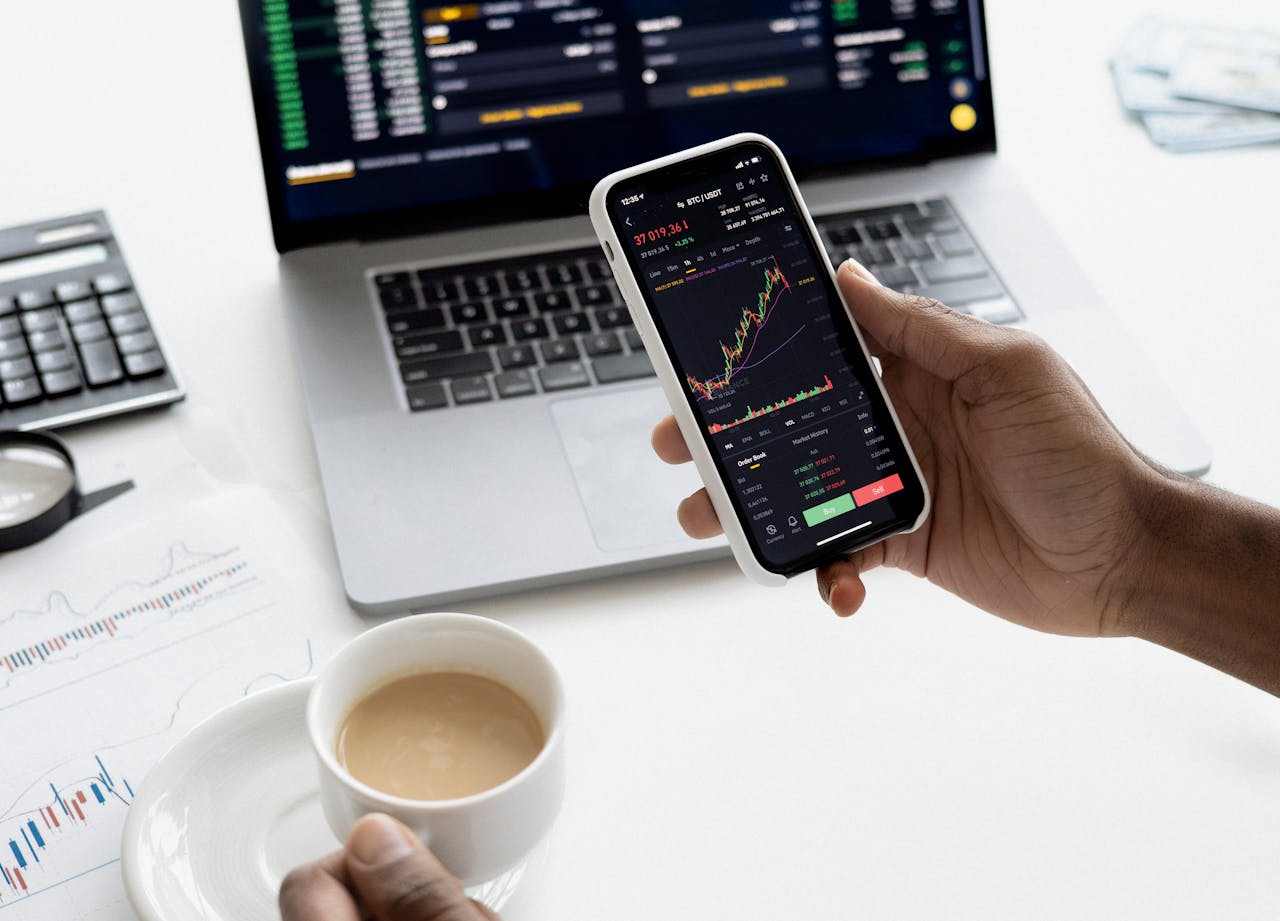

With over 20,000 new COVID-19 cases and 500 deaths each day, the Indonesian government has imposed further restrictions across the Java and Bali islands.
The Muslim-majority country has temporarily closed mosques, restaurants, shopping malls, education institutions, and public spaces until mid-July as the daily cases quadrupled in less than a month.
The surge of cases attributed to its recent national holiday as the people flock to their hometowns to celebrate Eid Al-Fitr and the entrance of the Delta variant, the most potent and contagious variant so far.
The Delta variant had similarly struck India two months ago, jamming up hospital corridors and forced the country to engineered an eight-fold reduction to handle the crisis.
The restriction is seen as a more aggressive approach from the government to contain the spread of the COVID-19 cases, aiming to cut the daily number to below 10,000 people.

However, Indonesia has not taken full lockdown measures as intense as India, limiting the restriction only to 55 percent of its population even though its provinces are experiencing a positivity rate of above 10 percent.
The measures contradict WHO's statement that an area with a positivity rate of above 5 percent indicates that COVID-19 is out of control. The restriction measure still allows public transportation to operate and domestic travel for people who have received their first dose of vaccine.
Furthermore, the country's healthcare capacity to treat COVID-19 patients is distressing. With 8,485 intensive-care beds and 270 million people at risk, hospitals set up emergency tents to accommodate more patients to access much-needed medical care.
As the most populous island in the country, hospitals in Java have already filled up 90 percent of their occupancy, alongside oxygen shortages due to distribution hurdles and limited production capacity.
The Indonesian ministry of health has estimated the demand of 800 tons of oxygen each day to fulfill the patients' needs in addition to the current capacity of 225,000 tons a year.
Indonesia faces the threat of facing a more acute collapse than India. It would also cause the government to fail in achieving its target growth of between 4.5 to 5.3 percent this year.
However, the government plans to increase testing significantly and vaccinating until the rate eases, allocating USD 13.39 billion to add the initial USD 49.27 billion to gear up the COVID-19 stimulus as a cushion to the economy to gradually drag the budget deficit to stand at 5.7 percent of the country's GDP.
To date, Indonesia has ramped up its vaccination program to achieve about 13 million people, covering up merely 5 percent of its population.
The International Federation of Red Cross and Red Crescent (IFRC) has recently stated the urgent need to increase medical care, testing, and a more rapid vaccination program due to the slow pace of vaccination in the country.
Indonesia needs to acquire approximately 360 million doses to fully vaccinate 70 percent of its population and achieve herd immunity. Today, the government heavily relies on the Chinese' Sinovac vaccine to inoculate its people.
Indonesia could potentially face a much worse crisis than it had faced in 2020 if the government remains idle in handling the healthcare overcapacity and loose restrictions on the mobility of its people.
The country's president, Joko Widodo, has stated its plan to reflect on India's approach to preventing the country from collapsing into a deep recession once again.

Revolutionizing Finance: An Overview of Digital Lending in Southeast Asia
Digital lending is poised to become the primary revenue driver for digital financial services in Southeast Asia (SEA) by 2025, outpacing digital payments. This growth is fueled by a 33% annual increase in digital lending, supported by technological innovations such as automated loan origination processes and seamless integration of financial services into digital experiences. These advancements have made it easier for consumers to access financing for various needs, including online shopping, travel bookings, and ride-hailing services.

IoT Integration in the SEA Automotive Lubricants Market
The Southeast Asia (SEA) automotive lubricants market is rapidly evolving with the integration of Internet of Things (IoT) technology. This transformation offers significant benefits, creates new opportunities in smart technology, and introduces innovative IoT solutions that can revolutionize the industry.

Embracing Robotization: Challenges and Opportunities in Industry 4.0
Robotization presents challenges and opportunities for businesses and the workforce, requiring companies to embrace this transformation.

Opportunities in the Indonesian Skincare Market
The rapid growth of the Indonesian skincare market presents significant opportunities for the beauty industry. Projections indicate a steady growth trajectory of 4.6% over the next five years, reflecting sustained consumer demand and market expansion. In this article, we will explore the various opportunities that the Indonesian skincare market presents for brands seeking to establish a strong foothold and thrive in this dynamic landscape.